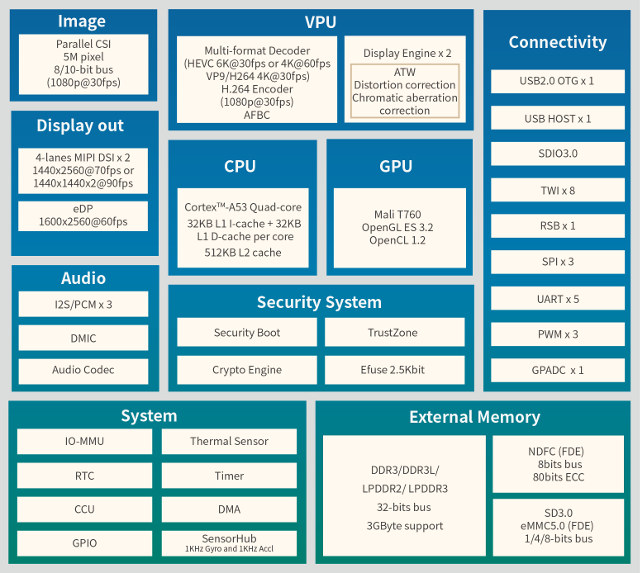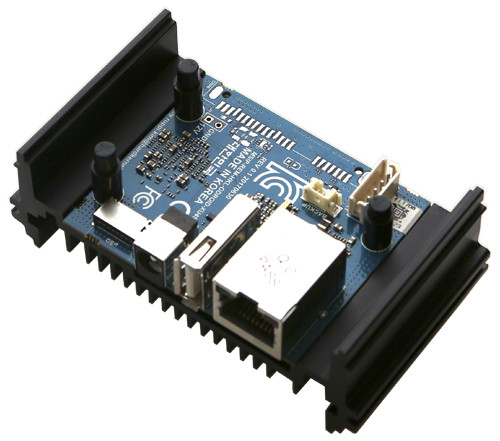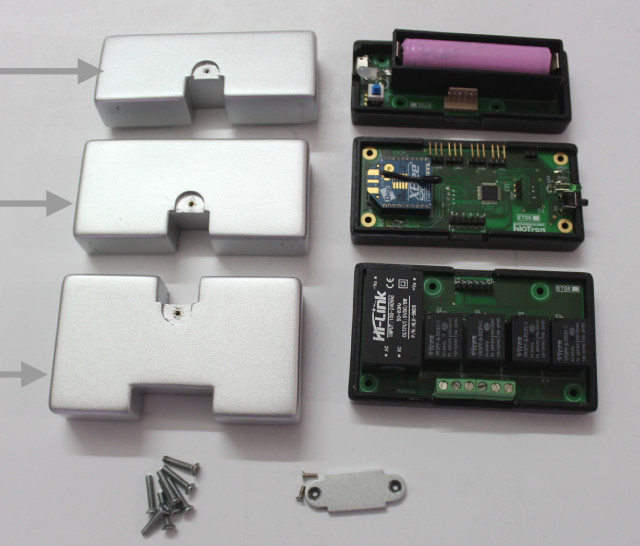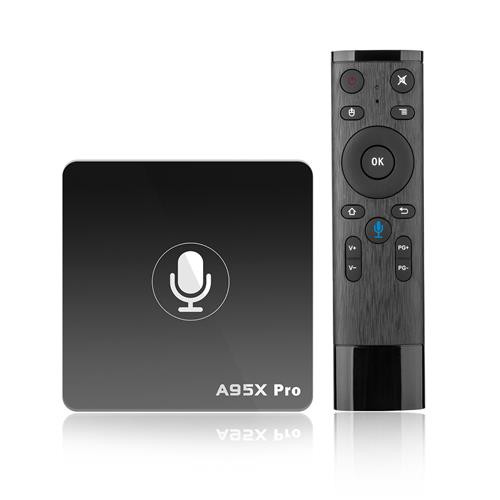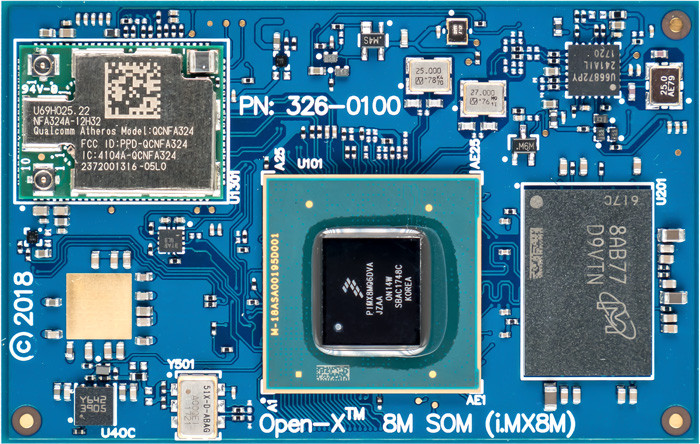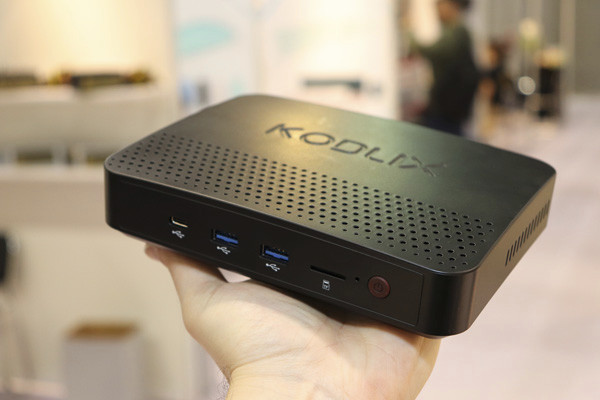Rak Wireless has recently launched a new products called RAK8211-NB iTracker based on a Quectel BC95-G NB-IoT module, Nordic Semi nRF52832 Bluetooth 5 chip, and Quectel L70-R GNSS module. The asset tracker module also comes with 5 different sensors to monitor motion and environmental data, and can optionally be powered directly by a solar panel.RAK8211-NB iTracker specifications: Connectivity NB-IoT via Quectel BC95-G (Global) wireless communication module + SIM card socket Bluetooth 5 via Nordic Semi nRF52832 Arm Cortex-M4F micro-controller (Arduino compatible) GPS/GLONASS via Quectel L70 GNSS module Sensors LIS3DH 3-axis “nano” accelerometer LIS2MDL 3-axis digital magnetic sensor. Tilt sensor BME280 pressure, humidity and temperature sensor OPT3001 intensity of light sensor Expansion – 3x headers with SWD, 2x sensor out + tilt out (also usable as GPIO and analog inputs), 3.3V, GND, and reset Power Supply – 3.5V to 18V via solar panel (P2) or battery (P3) Dimensions – 43mm x […]
Allwinner VR9 SoC is Specifically Designed for Extended/Virtual Reality Headsets
Virtual reality headsets have been powered by application processors designed for smartphones, tablets, or even TV boxes. For example last year, I reviewed a low cost VR headset good enough to watch 360 / VR videos, but not gaming that was based on Allwinner H8 TV box processor. But we’ve previously seen Allwinner was working on VR9 & VR10 processors specifically designed for virtual reality headsets with launches scheduled for Q4 2016 and Q2 2017. There’s obviously been some delays, but the company also now formally launched Allwinner VR9 quad core Cortex A53 processor specifically designed for XR and VR headset (Extended / Virtual reality). Allwinner VR9 key features & specifications with parts that look specific to XR/VR highlighted in bold: CPU – Quad-Core Arm CortexM-A53 @ 1.8GHz with 32KB L1 I-cache + 32KB L1 D-cache per core, 512KB L2 cache, CoolFlex power management architecture GPU – Arm Mali-T760 @ […]
AAEON GENE-APL7 3.5″ Intel Apollo Lake Board Features Up to 12 COM Ports and 10 USB Slots
If you have an application requiring a relatively powerful – yet low power – and compact platform, and plenty of USB and/or serial ports (COM ports), AAEON GENE-APL7 might just be ideal. The 3.5″ subcompact board is powered by an Intel Pentium N4200 or Celeron N3350 processor with a SO-DIMM slots, some video/display outputs, two USB 2.0 ports, eight USB 2.0 interfaces, and up to 12 COM ports. AAEON GENE-APL7 board specifications: SoC (one or the other) Intel Pentium N4200 quad core Apollo Lake processor @ with Intel HD Graphics; 6W TDP Intel Celeron N3350 Apollo Lake processor with Intel HD Graphics; 6W TDP System Memory – 1x DDR3L-1866MHz SODIMM up to 8GB Storage – SATA 3.0 interface, 1x mSATA slot (full size) for SSD Video Output / Display I/F VGA, 2-ch 24-bit LVDS1, optional LVDS2/eDP 12V/2A backlight inverter supply Audio – High Definition Audio Interface, optional 2W Amplified Connectivity […]
Hardkernel Now Offers $48 ODROID-MC1 Solo Board for Clusters
Hardkernel launched ODROID-MC1 (My Cluster One) at the end of last year with four ODROID-XU4S boards powered by Samsung Exynos 5422 processor with Gigabit Ethernet, metal cases, and a cooling fan. As the name implies it is designed for cluster of boards, but the company found out that one size (4 boards) does not fit all, so they are now offered ODROID-MC1 Solo with one ODROID-XU4S board and stackable case to provide more flexibility to their customers. Here’s a reminder of the specifications: SoC – Samsung Exynos 5422 quad core ARM Cortex-A15 @ 2.0GHz quad core ARM Cortex-A7 @ 1.4GHz with Mali-T628 MP6 GPU supporting OpenGL ES 3.0 / 2.0 / 1.1 and OpenCL 1.1 Full profile System Memory – 2GB LPDDR3 RAM PoP Storage – 1x micro SD slot (UHS-1 capable) Network Connectivity – 10/100/1000Mbps Ethernet (via Realtek RTL8153 USB 3.0 to Ethernet bridge) USB – 1x USB 2.0 […]
hIoTron Modular & Enterprise IoT Development Kit is Designed for Fast Prototyping
hIoTron modular & enterprise IoT development kit is described by the company has a “fully pre-programmed prototyping kit for quickly building and testing your IoT concept” with plug-n-play module allowing for flexible prototyping. Beside the hardware comprises of a gateway and nodes, the kit also integrates with the company’s enterprise IoT Platform enabling easy design of custom mobile application & GUI dashboard. The company offers standard, advanced, and custom kits, but to keep things simple, let’s focus on the content of their standard kit first: Hi-Gate IoT gateway: WiSoC – Texas Instruments CC3200 Arm Cortex-M4 @ 80 MHz with 1MB flash, 256KB RAM Storage – 1MB serial flash, 512KB EEPROM Connectivity 802.11 n/g/n Wi-Fi, 2G GSM/GPRS (optional 3G/4G), ZigBee, BLE 4.0, sub-1GHz RF/NON RF to REST/MQTT gateway Expansion – 2x GPIO port pins, 2x analog port pins Power Supply – 9-12V DC 3x modular Hi-Nodes (up to 25 supported per […]
$38 Nexbox A95X Pro Runs Android TV, Supports Netflix HD
TV box manufacturers should move and more more from Android to Android TV operating systems, so we can expect cheaper TV boxes offering an Android TV experience. One of those device is Nexbox A95X Pro that sells for $37.99 on GeekBuying (pre-orders shipping in about 4 days), and also happens to support Netflix HD (720p). [Update: The promo on GeekBuying appears to be over, but it’s now available on GearBest for $36.99 with coupon GBA95X1] Nexbox A95X Pro TV box specifications: SoC – Amlogic S905W quad core Arm Cortex-A53 processor with Arm Mali-450MP GPU System Memory – 2GB DDR3 Storage – 16GB eMMC flash, micro SD card slot Video Output – HDMI up to 4K @ 30 Hz, AV port (composite) Video – 4K 30 fps H.265, 4K 30 fps VP9 Profile-2, MPEG1/2/4, H.264, HD AVC/VC1, RM/RMVB, Xvid/DivX3/4/5/6, RealVideo8/9/10 Audio Output – Via HDMI and AV ports, coaxial S/PDIF port Connectivity – 10/100M Ethernet, 802.11 b/g/n WiFi […]
Intrinsyc Introduces Open-X 8M SoM and Mini-ITX Development Kit with Optional LCD Display
Intrinsyc announced their own NXP i.MX 8M system-on-module, as well as a corresponding development kit back in February 2018 for Embedded World 2018. Somehow I missed it until today when the company tweeted about the kit unboxing video, so let’s have a look, starting with the module itself.Open-X 8M SoM specifications: SoC – NXP i.MX 8M quad-core Arm Cortex-A53 processor @ up to 1.5 GHz, Arm Cortex-M4 core with 256 KB tightly coupled memory (TCM), Vivante GC7000Lite GPU System Memory – 3GB LPDDR4 RAM Storage – 16GB eMMC Flash Video – 4Kp60 HEVC/H.265 main, and main 10 decoder, 4Kp60 VP9 decoder, 4Kp30 AVC/H.264 decoder, 1080p60 MPEG-2, MPEG-4p2, VC-1, VP8, RV9, AVS, MJPEG, H.263 decoder On-module Connectivity – WiFi 802.11a/b/g/n/ac 2.4/5.0 GHz 2×2 MU-MIMO + Bluetooth 4.1 pre-certified module 3x 100 pin board to board connectors exposing: Display Interfaces HDMI 2.0a up to 4096 x 2160 at 60 Hz 4-lane MIPI […]
KODLIX Mini PC Comes with Celeron N4000/N4100 or Pentium Silver N5000 Gemini Lake Processor, Supports Up to 16GB RAM
Gemini Lake mini PC announcement keep on coming, with the latest from Plater Electronics which showcased their KODLIX Gemini Lake mini PC at the Hong Kong Electronics Fair 2018. What makes this model interesting is that beside the usual Celeron N4000/N4100 dual/quad core processor, it also offers the most powerful yet less common Pentium Silver N5000, and support for up to 16GB RAM via two SO-DIMM slots despite competitors and motherboards manufacturers claiming a maximum of 8GB on their Gemini Lake hardware, even two memory slots are available. Specifications: SoC Intel Celeron N4000 dual core processor @ 1.10/2.60 GHz with Intel UHD Graphics 600; 6W TDP Intel Celeron N4100 quad core processor @ 1.10/2.40 GHz with Intel UHD Graphics 600; 6W TDP Intel Pentium Silver N5000 quad core processor @ 1.10/2.70 GHz with Intel UHD Graphics 605; 6W TDP System Memory – 2x DDR4 or LPDDR4 SO-DIMM slots up to […]


